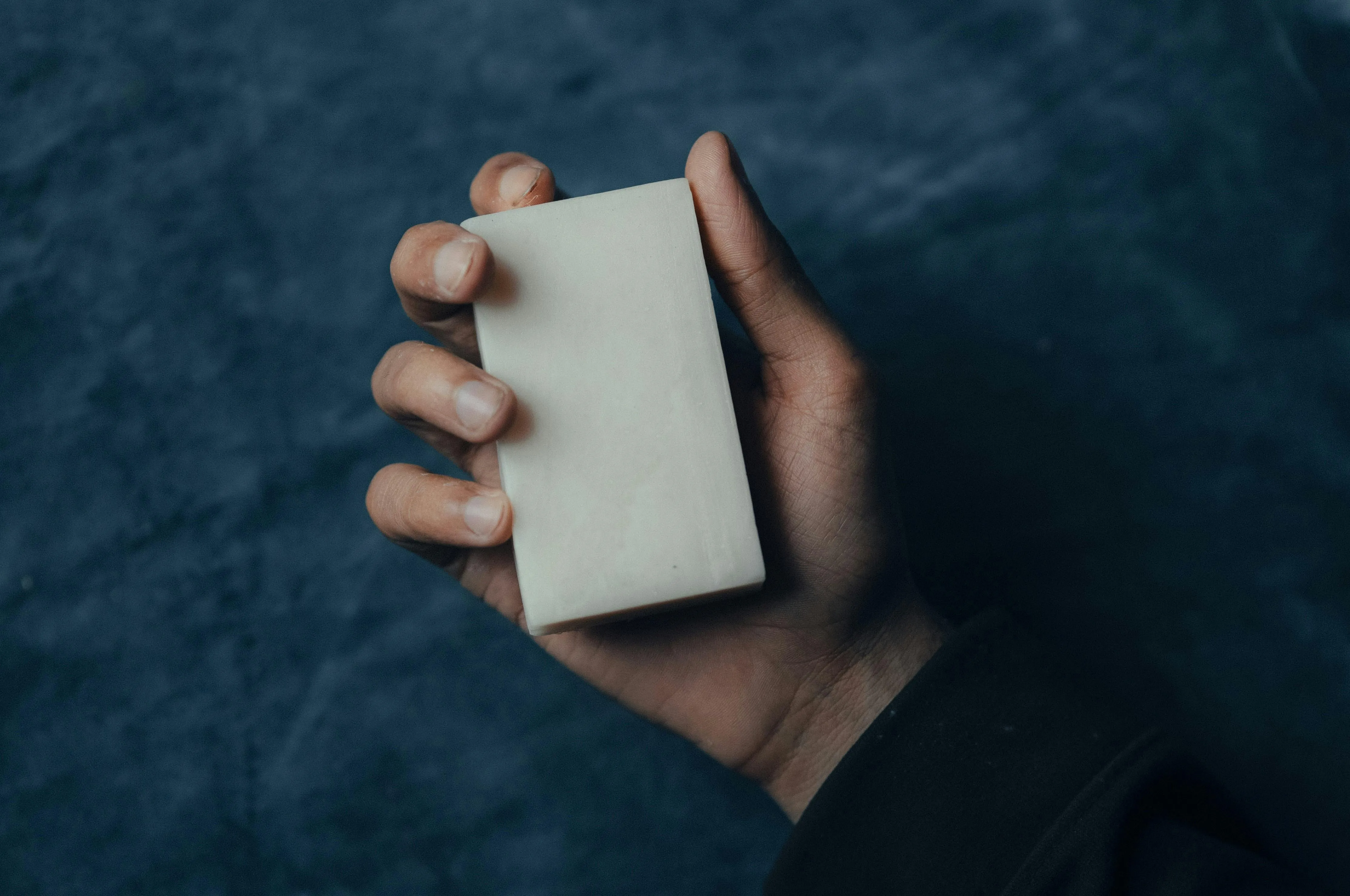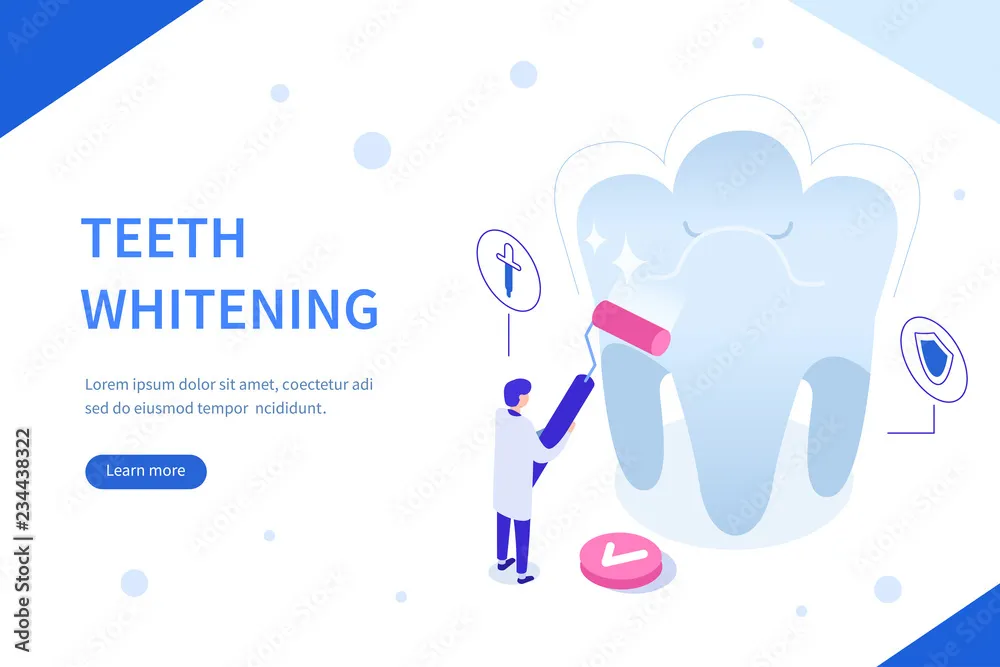The Urgent Need for Whiter Teeth
In today’s image-conscious world, a bright, white smile is often associated with youth, health, and success. The desire to have whiter teeth has become increasingly prevalent, driving a multi-billion dollar industry dedicated to teeth whitening solutions. From professional treatments to over-the-counter products, the options are vast and varied, reflecting the widespread demand for cosmetic dental enhancements. A dazzling smile can boost self-esteem and make a lasting positive impression. People often seek ways to improve their smile, and teeth whitening is among the most popular cosmetic procedures, driven by both aesthetic appeal and the societal value placed on a perfect smile. This pursuit of a brighter smile goes beyond mere aesthetics; it is deeply rooted in our perception of beauty and social desirability. The quest for whiter teeth highlights the importance of dental care in overall well-being.
The Role of a Whitening Editor
While the term ‘whitening editor’ might not be an official dental term, it encapsulates the concept of improving the appearance of teeth. The ’editor’ in this context, refers to the tools and techniques used to ’edit’ or enhance the natural color of teeth. This includes a range of methods, from professional treatments at the dentist’s office to at-home remedies and over-the-counter products. A whitening editor aims to eliminate discoloration and stains, resulting in a more attractive smile. The process involves a careful selection of products and techniques suited to each individual’s needs and the nature of the staining. Ultimately, the goal is to transform dull or discolored teeth into a brighter, more appealing shade. The choice of tools and methods depends on the type of stains, the desired level of whitening, and the individual’s budget and preferences. It is, therefore, crucial to understand the causes of discoloration and the various treatment options.
Understanding Tooth Discoloration

Before exploring teeth whitening methods, it is vital to understand the causes of tooth discoloration. Tooth discoloration can result from various factors, including dietary habits, aging, genetics, and oral hygiene practices. Knowing the root cause of the stains helps determine the most effective treatment. The extent and type of discoloration will influence the choice of whitening options. This understanding allows for a personalized approach to achieve the desired results. The process requires identifying the specific factors contributing to the discoloration. It ensures that the chosen method of whitening will be effective and safe for the individual’s dental health. A thorough assessment is the first step towards a successful whitening plan, emphasizing the importance of tailored treatment strategies.
Causes of Tooth Stains
Tooth stains arise from numerous sources, broadly categorized into two main types: extrinsic and intrinsic stains. Extrinsic stains affect the tooth’s surface, caused by food, drinks, and tobacco use. Intrinsic stains originate from within the tooth structure, often influenced by aging, genetics, or certain medical treatments. Dietary habits, such as frequent consumption of coffee, tea, and red wine, can lead to surface stains. Tobacco use further exacerbates discoloration, leaving stubborn stains that are difficult to remove. Aging is another significant factor, causing the enamel to thin and the underlying dentin to show through, leading to a yellow appearance. Certain medications and medical conditions can also contribute to intrinsic stains, further complicating the whitening process. Understanding these causes is crucial for effective treatment.
External Stains vs. Internal Stains
Extrinsic stains, which affect the tooth surface, are typically easier to remove through professional cleanings, whitening toothpastes, and over-the-counter whitening products. These stains are primarily caused by pigmented substances that adhere to the enamel. In contrast, intrinsic stains are embedded within the tooth structure, requiring more intensive treatments. Intrinsic stains often arise from changes in the dentin, which is the layer beneath the enamel. Treatments for intrinsic stains might include professional whitening procedures, such as in-office bleaching or the use of custom-fitted trays with bleaching agents. The approach to treating tooth discoloration hinges on differentiating between external and internal stains. Different types of stains require different approaches, emphasizing the need for personalized dental care. Careful assessment will determine whether surface-level treatments or more complex interventions are necessary.
Whitening Editor Tools Available

A wide range of tools and techniques are available to achieve teeth whitening, catering to various budgets and needs. These tools vary in their application, effectiveness, and accessibility. The choice of tools often depends on the severity of staining, personal preferences, and the desired level of whitening. From professional dental procedures to at-home methods, a whitening journey can be tailored to individual circumstances. This range of tools offers flexibility and allows individuals to select the most appropriate and convenient solutions. It is essential to understand each tool’s benefits, limitations, and potential side effects. The available options empower individuals to take control of their smile enhancement process, with the help of professional guidance. The right tools help to achieve safe and effective results.
Professional Whitening Treatments
Professional whitening treatments offer the most effective and controlled means of achieving significant results. Conducted by dental professionals, these treatments use higher concentrations of bleaching agents than those available over-the-counter, leading to faster and more dramatic whitening. These treatments are typically performed in-office, ensuring the dentist can monitor the process and manage any potential sensitivity. This approach provides the safest and most effective solution, particularly for severe discoloration. With professional treatments, patients can be confident in the quality and safety of the whitening process. The personalized nature of these treatments ensures that the specific needs of the patient are met. These treatments often involve multiple sessions to achieve optimal results.
In-Office Whitening Procedures
In-office whitening procedures involve a dentist applying a highly concentrated bleaching agent directly to the teeth. This agent is often activated using a special light or laser to enhance the whitening process. The dentist carefully monitors the treatment, ensuring the safety of the gums and teeth. The procedures are typically completed in a single visit, offering immediate results. The use of professional-grade materials and techniques ensures optimal whitening outcomes. In-office treatments often provide results that cannot be matched by at-home methods. The ability to control the entire process guarantees a safe and efficient way to achieve a brighter smile. These procedures offer convenience and the assurance of expert care, ensuring the best possible aesthetic outcome. These methods help patients quickly and comfortably achieve their desired level of whiteness.
Over-the-Counter Whitening Options

For those seeking a more budget-friendly and convenient approach, over-the-counter whitening options provide accessible solutions. These products, available at most pharmacies and drugstores, include whitening toothpastes, strips, and gels. While these options offer less dramatic results than professional treatments, they can still improve the appearance of teeth over time. Using these products consistently can help remove surface stains and brighten the smile. It’s essential to follow product instructions carefully to ensure safety and effectiveness. The effectiveness of these products varies, and results depend on the type and severity of the stains. The convenience and affordability of these products make them a popular choice. Over-the-counter options provide a convenient way to maintain a brighter smile.
Whitening Toothpastes and Rinses
Whitening toothpastes and rinses are designed to remove surface stains, making them a good option for maintaining a brighter smile. These products typically contain mild abrasives and chemical agents that help to lift stains from the enamel. While they don’t change the natural color of the teeth, they can effectively remove stains caused by coffee, tea, and other foods. Consistent use can help to maintain a white and healthy smile. These products are easy to integrate into daily oral hygiene routines, making them a practical choice. It’s important to note that whitening toothpastes and rinses are most effective in preventing stains and maintaining whiteness. The ingredients in whitening toothpastes help to gently polish the teeth’s surface. Rinses often contain peroxide to further enhance the whitening effect.
Whitening Strips and Gels
Whitening strips and gels provide a more concentrated approach to teeth whitening, offering noticeable results with regular use. These products typically contain a peroxide-based bleaching agent that penetrates the enamel to lighten the tooth color. Whitening strips are easy to apply and conform to the shape of the teeth, ensuring effective coverage. Gels can be applied using custom-fitted trays or other applicators, allowing for more precise application. Follow the instructions carefully to prevent gum irritation. These products are a step up from toothpastes and rinses, providing a more significant whitening effect. These products are a popular and effective way to achieve a brighter smile. The use of peroxide helps to break down stain molecules within the tooth. Regular use can provide significant improvement in tooth color.
Whitening Editor Home Remedies

Some natural home remedies can assist in teeth whitening, but it’s important to approach them with caution. These methods may not be as effective as professional treatments or over-the-counter products and can sometimes pose risks to dental health. Natural remedies often involve ingredients like baking soda, hydrogen peroxide, and certain fruits. The primary goal is to remove stains and maintain oral health. However, these methods may not be suitable for everyone, and it’s essential to consult a dentist before trying them. The effectiveness can vary significantly depending on individual factors. Home remedies can be a supplement to a comprehensive oral care routine. Proper use and awareness of the potential drawbacks are essential to avoid damaging teeth or gums. It is crucial to practice these methods responsibly to ensure safety.
Oil Pulling for Whitening
Oil pulling is an ancient Ayurvedic practice that involves swishing oil, such as coconut oil, in the mouth for an extended period. Proponents of oil pulling believe it can help remove bacteria and toxins from the mouth, which can indirectly improve the appearance of teeth. While some people report that oil pulling helps to whiten teeth, the scientific evidence supporting this claim is limited. It may help remove surface stains and improve overall oral hygiene. Coconut oil is a common choice due to its antimicrobial properties. The practice involves swishing the oil for 15-20 minutes daily. While not a primary teeth whitening method, it can contribute to a healthier oral environment. Oil pulling should be used in conjunction with regular brushing, flossing, and dental check-ups.
Baking Soda and Hydrogen Peroxide
Baking soda and hydrogen peroxide are often combined to create a homemade whitening paste. Baking soda acts as a mild abrasive that helps to remove surface stains, while hydrogen peroxide has a bleaching effect. The mixture is typically used to brush the teeth, with the goal of achieving a whiter smile. While this combination can sometimes produce noticeable results, it’s important to use it cautiously. Overuse can erode the enamel and lead to tooth sensitivity. The abrasiveness of baking soda can potentially harm the enamel if used too frequently. It’s essential to use this method sparingly and to consult with a dentist. Both baking soda and hydrogen peroxide are readily available and inexpensive. This method requires careful use to protect the teeth from damage. Baking soda and hydrogen peroxide offer a cost-effective option, but it is important to use them safely.
Lemon and Other Acidic Treatments

Some people use lemon juice or other acidic fruits, like strawberries, to whiten their teeth. The acidity of these fruits can help to remove surface stains. However, using these acidic substances directly on the teeth can be harmful. The acid can erode enamel, leading to tooth sensitivity and long-term damage. Frequent use can weaken the enamel, making the teeth more vulnerable to decay. While these methods may offer temporary whitening, the potential risks far outweigh the benefits. It’s best to avoid these treatments altogether or to use them with extreme caution. The natural acids in fruits can strip away the protective layer of enamel. Consult with a dentist before considering any home remedies using acidic ingredients.
Diet and Lifestyle Adjustments
Besides whitening treatments, certain diet and lifestyle adjustments can help maintain a bright and healthy smile. Limiting the consumption of staining foods and drinks is essential. Practicing good oral hygiene is also critical. These adjustments are preventative measures that can enhance and prolong the effects of whitening treatments. A healthy diet and lifestyle play a significant role in maintaining a white smile. Avoidance of tobacco products is another important lifestyle choice. Regular dental check-ups and professional cleanings also contribute to the overall health and appearance of the teeth. Maintaining a white smile requires a holistic approach. These adjustments can help to prevent further staining and keep teeth healthy.
Foods to Avoid for Whiter Teeth
Certain foods and drinks are known to stain teeth and should be limited to maintain a brighter smile. These include coffee, tea, red wine, dark sodas, and heavily pigmented fruits and vegetables. The pigments in these items can easily adhere to the enamel, leading to discoloration. Minimizing consumption of these items is a key step in preventing staining. Smoking and tobacco use should also be avoided. The use of these items can also lead to stains. Eating a diet rich in calcium and avoiding excessive sugar intake can also benefit oral health. Making mindful food choices can significantly impact the longevity of whitening treatments. Choosing foods that promote oral health is an essential aspect of maintaining a white smile.
The Importance of Oral Hygiene

Maintaining excellent oral hygiene is fundamental to achieving and sustaining a bright, healthy smile. This includes brushing your teeth at least twice a day, flossing daily, and using an antibacterial mouthwash. Regular dental check-ups and professional cleanings are equally important. Good oral hygiene removes surface stains and prevents the buildup of plaque and tartar. Proper brushing removes food particles and bacteria, preventing tooth decay and gum disease. Flossing removes food and plaque from between the teeth. Consistent oral care habits contribute not only to whiter teeth but also to overall oral health. A comprehensive approach to oral hygiene, coupled with whitening treatments, ensures the best results. Maintaining proper oral hygiene helps to maintain a bright smile.
Maintaining Your White Smile
Once you’ve achieved a whiter smile, taking steps to maintain the results is crucial. Regular touch-up treatments, either at home or in the dentist’s office, can help. Continuing to practice good oral hygiene and avoiding staining foods and drinks will also extend the life of your whitening. The use of whitening toothpastes or rinses can help to prevent future stains. Regular dental check-ups and cleanings will also help to maintain your white smile. A combination of professional care and personal diligence is key to long-lasting results. Consistent efforts are crucial to enjoying a brighter smile for years to come. Regular maintenance ensures the investment in teeth whitening is worthwhile.
